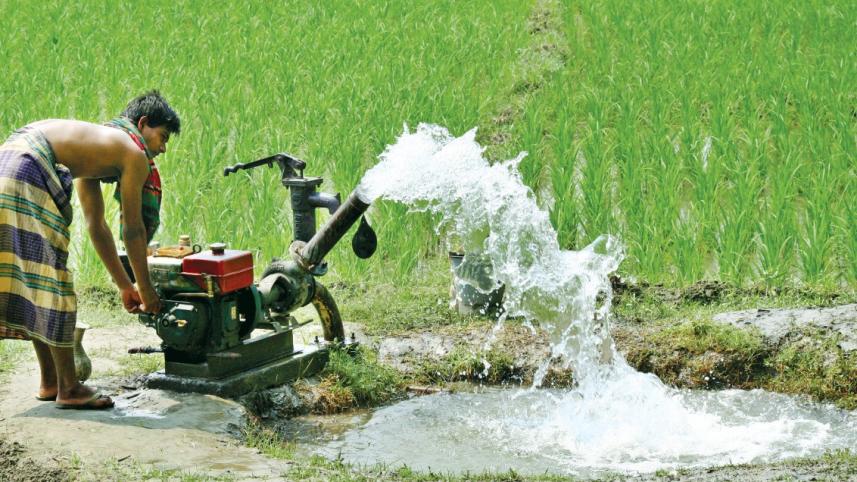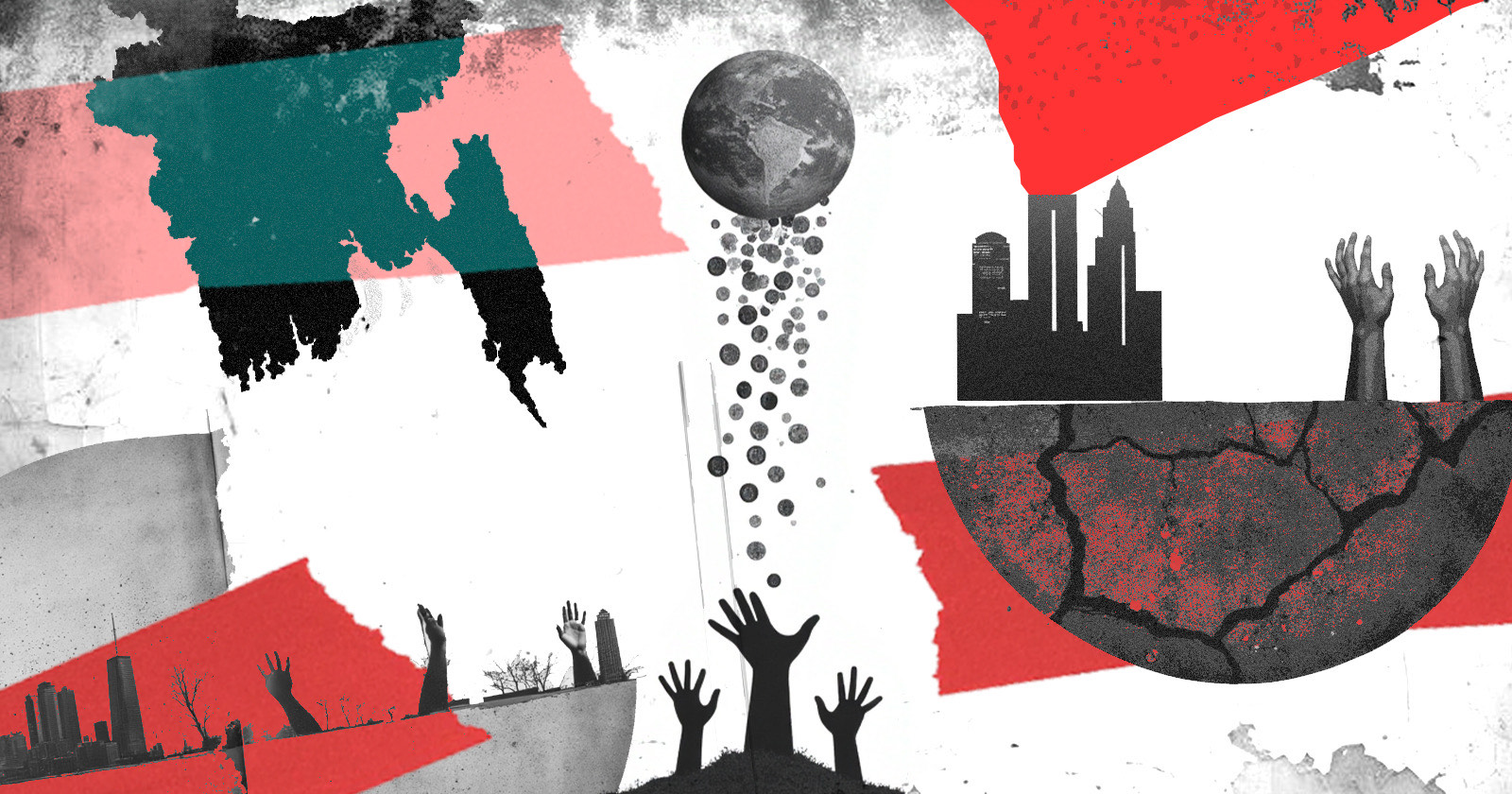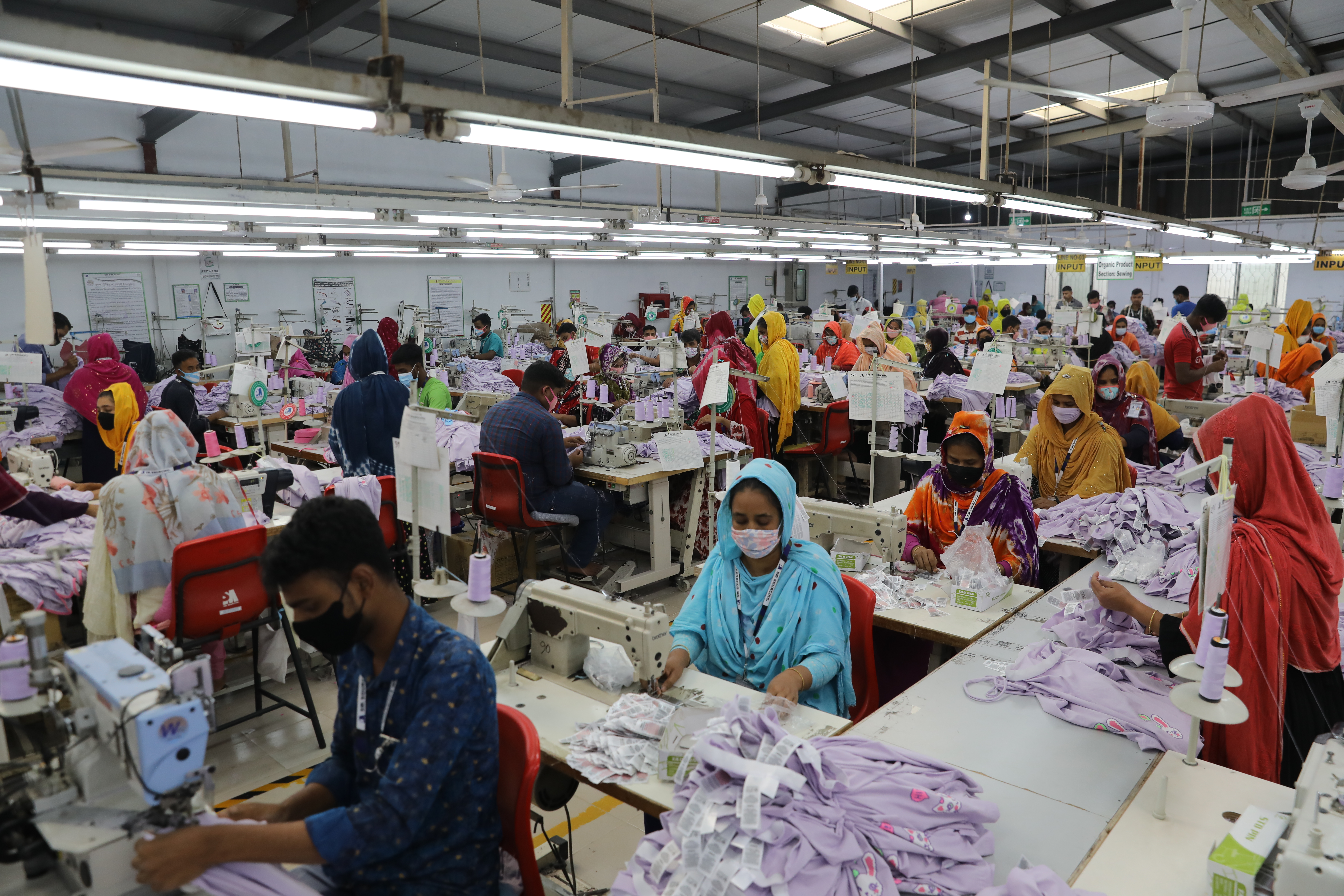Why we need a water allocation plan

The volume of water in the atmosphere, on the Earth's surface, and underground is considered constant, but its use in various ways has been increasing with time. Freshwater makes up only about three percent of the Earth's total water, but less than one percent is readily available for use, as approximately two percent is locked in glaciers and ice caps. Due to the unwise use of water, this small portion of freshwater is also under threat of pollution and contamination.
Understandably, the overall amount of usable freshwater has been shrinking under a rising, uncontrolled demand. Various global studies have raised the alarm about water stress in different parts of the world. From lifesaving potable water supplies to food security and booming industrialisation, all sectors are suffering from water scarcity, while allocation for ecosystems and biodiversity remains largely neglected.
A recent study led by Arizona State University and published in Science Advances revealed that 101 countries have suffered unprecedented freshwater loss since 2002, driven by climate change, unsustainable groundwater use, and extreme droughts. Using GRACE/FO satellite data from 2003 to 2024, the study tracked total water storage (TWS) across the Ganges-Brahmaputra Basin, which covers much of Bangladesh, and found a consistent decline over 21 years. The northwest and north-central regions showed annual TWS losses between −1 and −2 cm.
According to a World Bank Group study in 2019, Bangladesh withdraws about 32 cubic kilometres of groundwater annually, mainly for irrigation (90 percent) and domestic and industrial use (10 percent). A 2022 study led by the University College London and published in Science, analysing 34 years of groundwater level data from 465 monitoring wells of Bangladesh Water Development Board (BWDB), showed continuous water level decline in two-thirds of the country. The current annual depletion ranges from millimetres to more than two metres—an unsustainable trend.
Sustainable development of groundwater means that abstraction from aquifers is less than or equal to the seasonal recharge by rain and surface water. Yet, in two-thirds of Bangladesh, withdrawal of groundwater has already surpassed seasonal recharge from the monsoon. Though we have plenty of rainfall and hundreds of rivers, groundwater remains the main source of potable, industrial, and dry-season irrigation water. Water resources management in Bangladesh, therefore, faces immense challenges. The country receives huge volumes of water during the monsoon, causing regular flooding in low-lying areas. But in the dry irrigation season, scarcity of water threatens time-bound irrigation in many areas, leading to extensive extraction of groundwater. The country is already seeing conflicts among various sectors and user groups regarding water-sharing and use.
Bangladesh has formulated many policies, plans, and acts related to water development and use. While important issues are well-addressed in these documents, their main weakness lies in inadequate implementation. There is also a lack of research-based education, advocacy and scientific approaches that can translate research outputs into sustainable water use.
Demand for water in the country is rising sharply to meet planned irrigation as well as domestic and industrial needs. Sustainable use of available safe water, including groundwater, requires careful analysis of the water cycle data. Fortunately, the country has been collecting hydro-meteorological data for over 60 years, led by the BWDB, though further expansion and strengthening are needed.
To reduce dependency on limited groundwater resources and to meet the increasing demand for water, a greater use of rainwater and surface water—alongside conjunctive use—must be emphasised, as outlined in the National Water Policy 1999 and other government guidelines. Assessing groundwater systems, understanding formation behaviour, and regularly monitoring groundwater storage and quality are essential.
Matching long-term withdrawals with recharge is the principal objective of sustainable groundwater planning. Both shallow and deep (up to 400 metres) groundwater resources need to be properly assessed. Regional modelling of the groundwater systems has to be developed for effective water resource management, to plan agricultural, rural and urban water supplies and to forecast the groundwater situation in advance for dry seasons and future uses. Research on transboundary water, including groundwater, is also vital for managing shared resources with the neighbouring countries.
Preparation of water budget and water allocation plans is also important and should be based on an assessment of usable water resources. This can be done using the required data and information under the Water Act, 2013, which provides for the formation of water allocation committees from the union to the national level. During water allocation, the Water Act's outline on the priority of water use must be followed. For example, industries in and around the Dhaka city, which fall under water use priority serial 8, already poses a threat to the availability of adequate potable water for inhabitants with priority serial 1, jeopardising environmental sustainability and ecosystem health.
Proper zoning for industries should be considered, preferably in areas with access to surface water. Introducing low water-consuming crops can help reduce pressure in water-stressed areas like Barind. Augmentation of both natural and artificial groundwater recharge (managed aquifer recharge) can be implemented in groundwater-depleted and water-stressed areas through appropriate programmes.
Extension and upgrading of the existing network of groundwater monitoring wells should be carried out both spatially and vertically across different aquifers to estimate recharge, monitor fluctuations in the water table, track groundwater movement, and assess water quality. To support sustainable development and management of Bangladesh's water resources, strengthening and building the capacity of relevant organisations is essential.
Although almost all sectors require water and operate under the guidance of the respective ministries, there is currently no dedicated organisation for monitoring and managing the status of water resources used across sectors in the country. Given the stress and importance of groundwater, a specialised organisation, initiated by the Ministry of Water Resources, needs to be established for the sustainable management and tracking of groundwater resources, including assessment, usage, water budgeting, and allocation planning.
Practices, techniques, and technologies should be improved to enhance water use efficiency, reduce wastage, and ensure optimal economic and social benefits. Citizens can play a vital role in saving a huge volume of freshwater by not overusing or misusing it in their everyday life.
Dr Anwar Zahid is former director at Bangladesh Water Development Board (BWDB) and an academic.
Views expressed in this article are the authors' own.
Follow The Daily Star Opinion on Facebook for the latest opinions, commentaries and analyses by experts and professionals. To contribute your article or letter to The Daily Star Opinion, see our guidelines for submission.

 For all latest news, follow The Daily Star's Google News channel.
For all latest news, follow The Daily Star's Google News channel. 

Comments